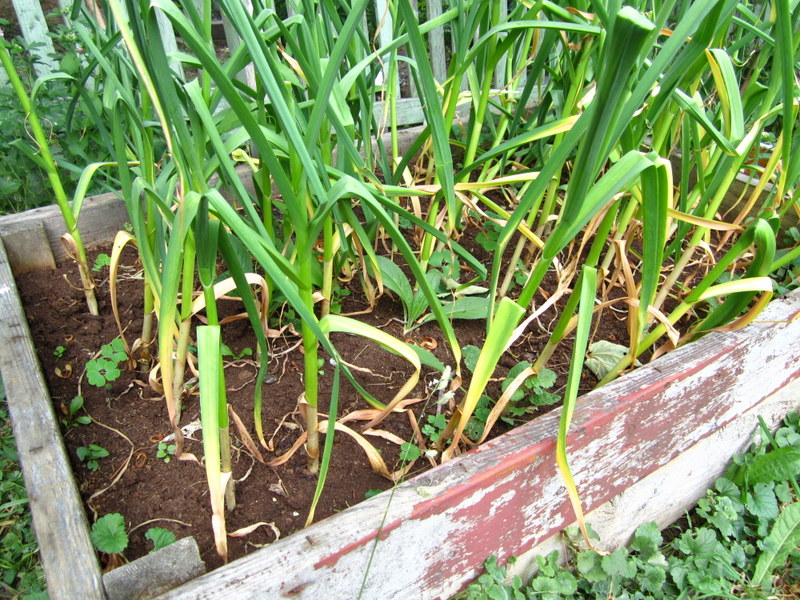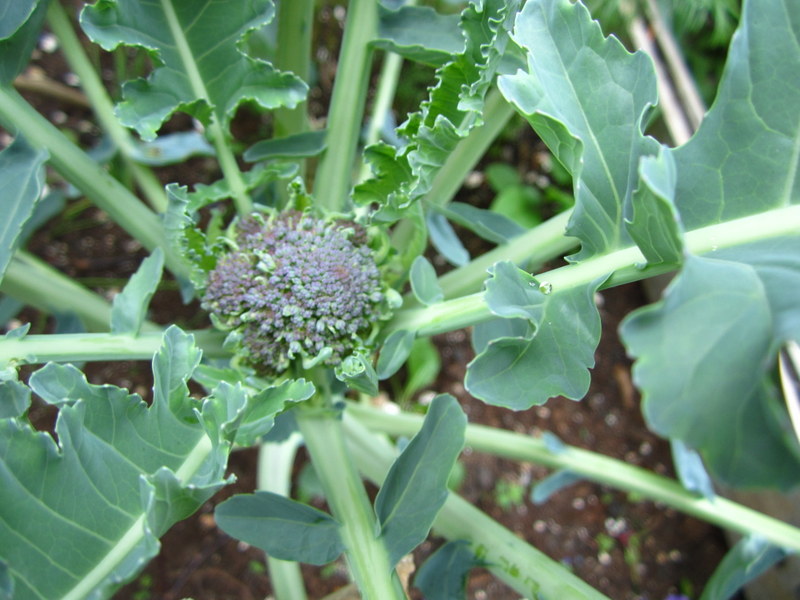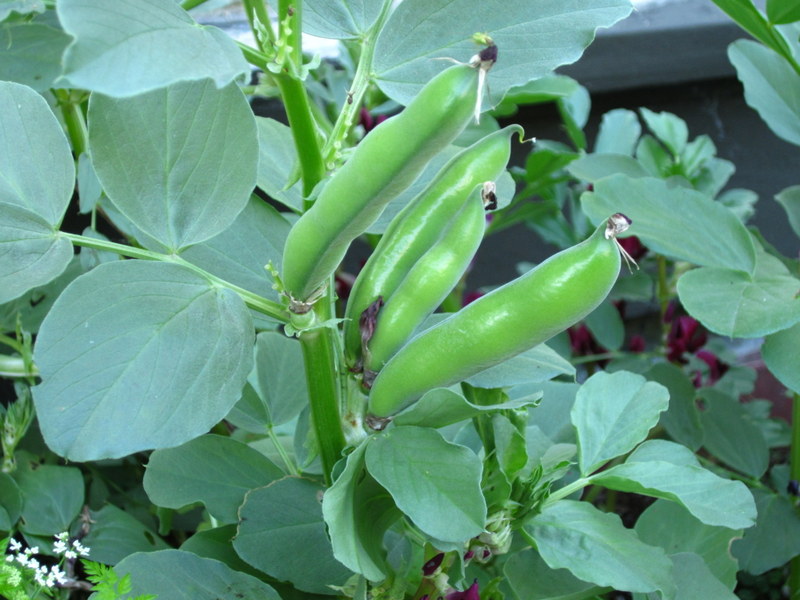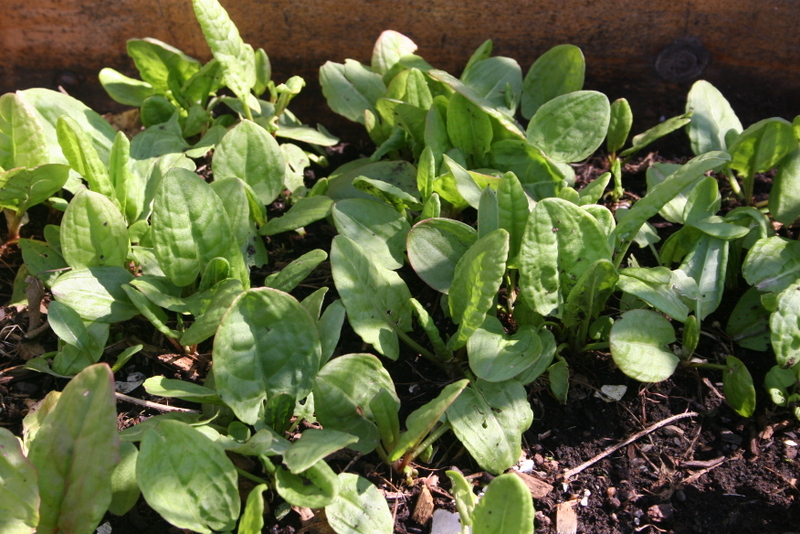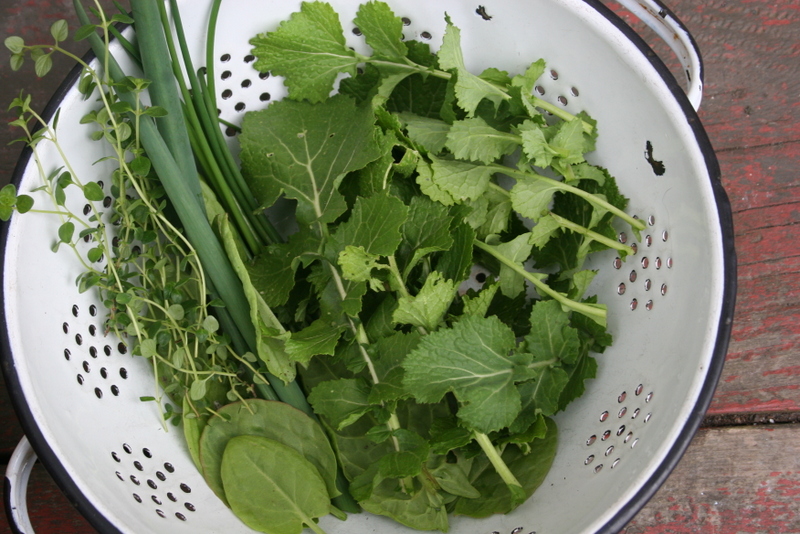We're sharing this press release below from ACORN to spread the word about farm apprenticeships starting up soon! It may be freezing drizzling outside (aaaargh) but farmers are planning for the warmer months ahead, and need workers. If learning on a farm has always been a dream of yours, then this could be your growing season. Check out our past post What are your plans for the growing season? for links to other farm internship programs and interviews with people who have worked on farms and have lots of tips for greenhorns.
Deadline Extended for Farm School: March 15th
Applications are available on the program website: www.growafarmer.ca/apprenticeship/
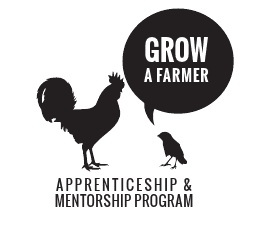 Ever wondered what ‘farm-school’ would be like? The deadline to apply to the Atlantic Canadian Organic Regional Network’s (ACORN) first organic farmer-training program–the Grow A Farmer Apprenticeship Program– is March 15th! Apply now to secure your farm-placement for the season, beginning in early April 2013.
Ever wondered what ‘farm-school’ would be like? The deadline to apply to the Atlantic Canadian Organic Regional Network’s (ACORN) first organic farmer-training program–the Grow A Farmer Apprenticeship Program– is March 15th! Apply now to secure your farm-placement for the season, beginning in early April 2013.
The Apprenticeship Program is catered to farming-enthusiasts who are keen to participate in an intensive, 7-month program guided by a curriculum communicating the core components of organic agriculture and activities that foster community growth among new and long-standing growers in the region. The program curriculum covers a wide range of topics, including both production techniques for vegetable growing and soil fertility, to broader topics covering the more ideological origins of organic farming and the next steps to take forward as ‘growing farmers.’
For those unable to commit to the full season, summer-term placements are also available from May-August.
“As we see increasing concern about the social and environmental effects of the industrial food system, it seems more people are expressing interest in organic (chemical-free!) farming, or simply, how to grow food for themselves,” says Shannon Jones of Broadfork Farm, NS, one of the ten host-farms participating in the program. “These people are reaching out to long-standing farmers to seek the best type of training they can receive: actual farm experience! This is where the next generation of farmers is coming from–a grassroots movement to apprentice with the people that are doing it, literally from the ground up.”
Considered as a ‘next level’ to more traditional and informal farm-stays, in addition to the curriculum, apprentices will participate in a series of monthly webinars, farm tours, and workshops that will link them to fellow apprentices and new farmers, and the broader group of long-standing organic growers in the region–making ties to potential partnership, land access and future collaborations. Other benefits include free access to major ACORN events, including the annual 3-day organic farming Conference and Trade Show, and the Beginner Farmer Symposium.
The program has been developed in collaboration with a dynamic network of ACORN staff, Maritime organic farmers, government advisors, and resource specialists to create an exciting new initiative that will offer comprehensive education and on-farm training for those keen to participate in the future generation of organic agriculture.
Scholarships are still available to applicants with limited means. ACORN strongly encourages interested participants to apply by March 15th, to secure their placement for the full season! Applications are available on the program website: www.growafarmer.ca/apprenticeship/
About ACORN: Since 2000, ACORN has been the key organization for information on organic agriculture, eating organics, and connecting all the parts together in order to advance the local organic sector in Atlantic Canada.
For inquiries, please contact: Lucia Stephen, Program Coordinator, 506-536-2867 or 1-888-322-2676, lucia@acornorganic.org









